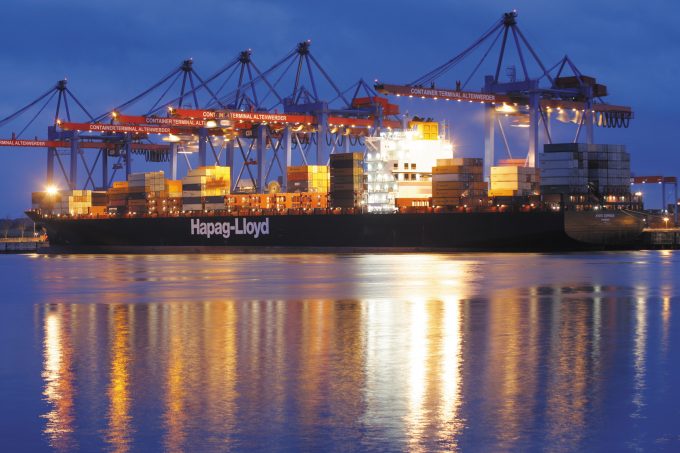CMA CGM gets closer to rival carriers on Indian trades
CMA CGM appears to be warming to new network partners on Indian trades to compete ...

Ocean carriers, obliged to temporarily omit severely congested ports during the current supply chain disruptions, are rethinking their network coverage in favour of a permanent change to fewer hubs.
Hapag-Lloyd devoted a section of its Capital Markets Day yesterday to its aim of driving down its “complex” network costs, which would help it achieve a top-tier ranking for schedule reliability.
It said the complexity of its network had “grown historically” over years of trade evolvement and acquisitions.
“Some trades have a high number ...
Asia-USEC shippers to lose 42% capacity in a surge of blanked sailings
USTR fees will lead to 'complete destabilisation' of container shipping alliances
New USTR port fees threaten shipping and global supply chains, says Cosco
Outlook for container shipping 'more uncertain now than at the onset of Covid'
Transpac container service closures mount
DHL Express suspends non-de minimis B2C parcels to US consumers
Zim ordered to pay Samsung $3.7m for 'wrongful' D&D charges
Uncertainty over US tariffs sparks interest in bonded warehouses for imports

Comment on this article